Tires are not just tires. They are actually a vital part of vehicle operation. In fact, if you do not get the same tires when you buy new, you may be traveling at a faster speed and the police radar unit is not in error. be prepared to pay that speeding ticket fine.
The difference between them will be in their overall size as you have just seen the 265 is slightly smaller than the 275. Plus, the difference will be in the actual speed of the car. No matter the rim size, 17 or 18, the speed difference is 1.26 mph over what the speedometer reads.
To learn about tire differences just continue to read our article. It has the information you want to know about as most tire store clerks know little about how tires affect vehicle operation
265 vs 275 Difference 101
Is a 275 Tire Wider Than a 265?
Which Tire is Bigger 265 or 275?
What is The Difference Between a 265 and 275 Tire?
Will a 275 Tire Fit On a 265 Rim?
What Does 265 Mean On a Tire?
265 vs 275 Tire Height
What is 265 70R17 in Inches?
265 70R17 vs 275 70R17
Are 265 and 275 Tires Interchangeable?
Can I Use 275 Tires Instead of 265?
265 vs 275 Tires Tacoma
265 vs 275 Tires F150
Yes, it is but the width difference is not as great as you might imagine. There is about a .4 inch difference with the 275 tire being the wider one. This difference is the same when you change from a 275/70/16 to a 275/60/17 tire model.
This difference is not that great and shouldn’t affect mileage per gallon but it may have the fatter tires hydroplaning a little easier. Thinner tires are better for wet and watery roads that have lots of puddles on them.
Then the fatter tire will have less traction on most surfaces. Pavement and deep sand being the two exceptions to that rule. The 265 tire should be better when you are trying to cross wet grass or clay than the 275.
Then when you change tires, your speedometer may not reflect the change. In one comparison between these two tires, the actual speed was over 1 mph more than what the speedometer registered.
In another comparison, the actual speed was about 1 mph slower than what the speedometer registered. This can make a difference when you are nearing speed traps.
In every category that was used to compare size, the 275 is slightly larger than the 265. For section width, the 265 came in at 10.43 inches while the 275 measured 10.83 inches. The overall diameter had the 265 at 30.56 inches and the 275 at 31.08 inches.
For section width, the 265 came in at 10.43 inches while the 275 measured 10.83 inches. The overall diameter had the 265 at 30.56 inches and the 275 at 31.08 inches.
Even the sidewall height went to the 275 as it measured 7.04 inches and the 265 measured in at 6.78 inches. The radius was 15.54 inches for the 275 and 15.28 for the 265. The circumference for the 265 was 96.01 and the 275 was 97.64.
The only place that the 275 lost this comparison was in revolutions per mile and the 265 registered 659.95 to the 275’s 648.91. What is interesting is that despite these little differences, the 265 and the 275 both fit on the same rim.
You can change rim sizes to an 18 from a 17 inch or a 16-inch rim and the 275 will still be the larger tire. Except in the revolutions per mile.
In terms of construction material, there is basically no difference between the tires. Also, when it comes to rim size, you can get both sets of tires in 17 and 18-inch sizes so there is no difference there.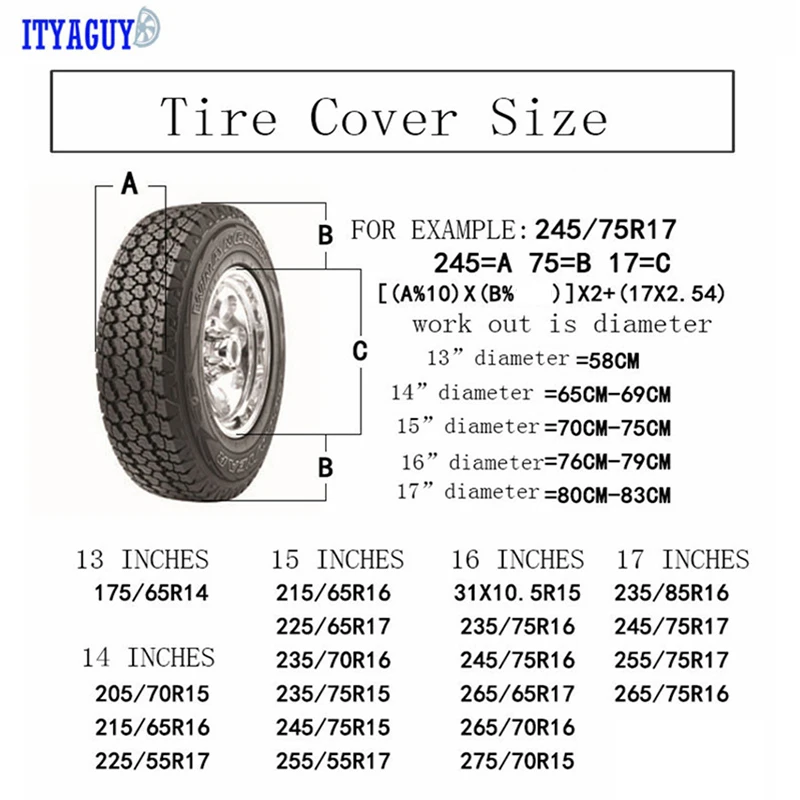
The difference between them will be in their overall size as you have just seen the 265 is slightly smaller than the 275. Plus, the difference will be in the actual speed of the car. No matter the rim size, 17 or 18, the speed difference is 1.26 mph over what the speedometer reads.
This is important information if you do not want to get a ticket and you want to conserve your fuel. If you think you are traveling at a speed that will bring you the most gas mileage from a tank of gas, you may be unknowingly making a mistake.
There are plenty of tire comparison charts available on the internet to help you learn the difference in speed ratios when you change your tires to a different series. Those charts will help you calculate your fuel budget better and more accurately.
Yes, both tires can fit on the same rims. The key measurement will be the last two digits in the tire identification number- 275/60R/17. That 17 tells you the rim size the tire can fit on. When the tire series numbers look like this 265/65R/18 and 275/65R/18 that tells you both tires will fit on the same rim.
When the tire series numbers look like this 265/65R/18 and 275/65R/18 that tells you both tires will fit on the same rim.
While the 275 tire is slightly larger, the only real problem you will have is in the purchase price. The 275 should be more expensive than the 265. It does take more construction material to make than the 265.
Also, you will notice a difference in your speed although, as we have said, that difference may not be obvious due to those size differences between the 2 tires. What you are reading on your speedometer may not be your actual speed at the time.
The numbers on the side of the tire are not there for show. They provide you with all the information you need to find the right set for your vehicle.
When you are looking at tires you will see a code written on the side. There usually is a letter first and the letter ‘P’ stands for a passenger vehicle. That is the type of car the tire is made for.
The next set of 3 digits will tell you the tire width in metric. The 265 actually means 265mm wide. To get the width in inches you need to divide 265 by 25.4 and the result will be 10.43 inches wide.
The 265 actually means 265mm wide. To get the width in inches you need to divide 265 by 25.4 and the result will be 10.43 inches wide.
The code doesn’t stop there as there are additional numbers and letters to understand. After the 264 you may see something like 55, 65, 70 and those numbers are telling you the difference the sidewall distance is to the section size. For example, a 265/65 is saying that the sidewall size is 65% of the section width.
The next letter is telling you the type of tire you are buying. R in the 265/65R is saying you are buying a radial tire. A ‘D’ stands for a bias-ply tire and a ‘B’ stands for belted tires.
The code is important to understand as it helps you get the right tire when you are just buying one or two.
There is a slight difference between these tires when it comes to how tall they are. Again, the 275 comes out as the bigger of the two models at 31.1 inches, and the 265 measures in at 30.6 inches.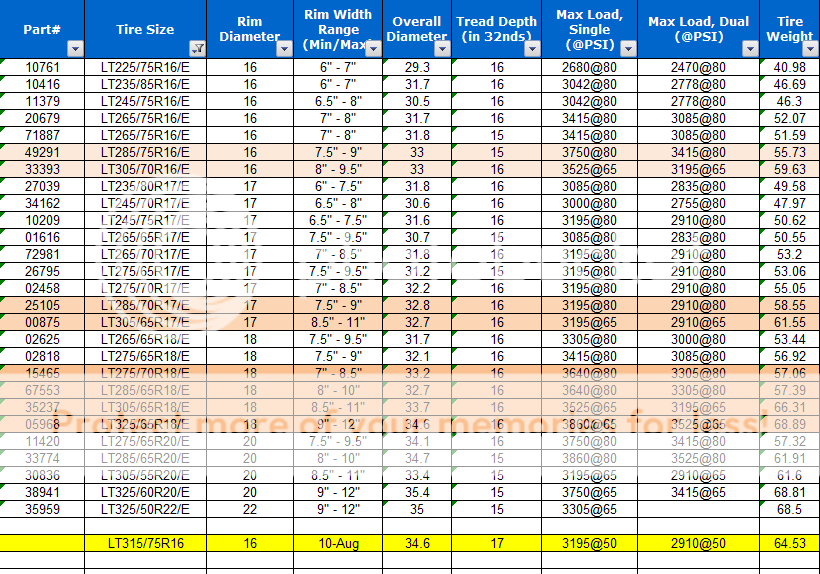
That is not a lot of difference when it comes right down to performance. The speed of the vehicle will be different and depending on the vehicle you drive it can be higher, lower than the speedometer reading, or right on the money.
Because of the extra height in the 275, you get fewer revolutions per mile which may help your tires last a little longer. They may not be worn down as quickly as a 265 because the surface of the tire is not rubbing on the road as much as the 265 will.
The height is not a major difference and you may not realize or feel any change when you drive your car. As long as you have the same code on each tire when you replace them.
265 is the millimeter measurement of the tire and the equation to convert is simple. Just divide 265 by 25.4 and you will get 10.43 inches. That number is often referred to as the section width.
It is hard to translate 70% into inches but the distance between the sidewall height, from the outside of the tread, is going to be 7. 3 inches. The circumference of the tire will reach almost 100 inches, while the radius will be almost 16 inches in size.
3 inches. The circumference of the tire will reach almost 100 inches, while the radius will be almost 16 inches in size.
The 17 is always 17 inches and not a metric measurement which may confuse people when they read the code. As you can see the code does not follow one mathematical system when relaying its information.
The overall diameter will be roughly 31 1/2 inches in size. The 275 will be a little larger than the 265 and should not affect overall vehicle performance.
This quick comparison chart should help you see the differences between the two tires in seconds. All measurements are in inches unless noted otherwise:
| Category | 265/70R17 | 275/70R17 |
| Section width | 10.43 | 10.83 |
| Rim Diameter | 17 | 17 |
| Overall diameter | 31.60 | 32.16 |
| Sidewall height | 7.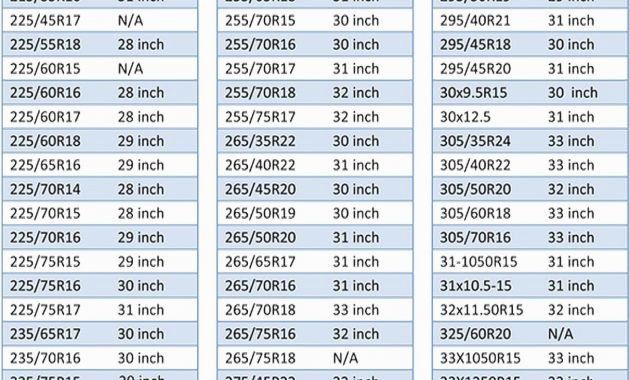 30 30 | 7.58 |
| Radius | 15.80 | 16.08 |
| Circumference | 99.27 | 101.03 |
| Revolutions per mile | 638.23 | 627.12 |
As for performance, that will depend on the manufacturer and the quality of the materials that the company places in its tires. Not all tires are made the same and there are inferior models you should watch out for.
Any comparisons made here or in the rest of the article are just looking at the stats and specs and not how the tires were made and with what quality. You will find differences between the top brand names as well but those differences may be slight.
Yes and no is the best answer that can be given to this question. The yes part comes in when you are changing all the tires on your car at the same time. You can exchange 4 265/70R17 with 4 275/70R17 tires and not lose out on performance or safety.
What you can’t do is change one 275/70R17 with one 265/70R17 tire. You will have performance issues, as well as safety issues when you do this. Nor can you put one radial tire on a car that has 3 bias tires on the other wheels.
The same goes for belted tires, as you can’t put one belted tire on a car that has 3 radial tires on the other wheels. Then each tire has different load-carrying and speed capabilities. That information is often listed as 89H or something similar. You should not mix tires that have different numbers and letters for those two categories.
While replacing tires may seem to be a simple procedure, it can be quite complex once you understand what all the codes mean. For maximum safety and performance, you need to put the same tires on all 4 wheels.
That is what the code is designed to do. help you get the same tires on your vehicle.
Yes, you can as long as you follow the above information. You cannot put one 275 on with three 265 tires and vice versa. if you are going to change all 4 tires, then you need to look at the last 2 digits in the code to get the right size to fit the wheels on your car.
if you are going to change all 4 tires, then you need to look at the last 2 digits in the code to get the right size to fit the wheels on your car.
In other words, you can’t put four 275/70R18s on 17-inch wheels. Those last two digits tell you the wheel size the tires will fit on. You would need four 275/70R17s or 4 275/60R17s and so on.
One exception to this rule is if the manufacturer of the vehicle says it is okay to do so. Another exception would be if you got a flat and you did not have the right size tire to match the other tires except for wheel size. A temporary fix is okay for a very limited time.
Keep in mind that 265, 275s, and other tires have different ratings. When you see a ‘P’ in front of the code you know that tire is for passenger vehicles. An ‘LT’ in front tells you those tires are for light trucks, ‘ST’ tires are for special trailers and on it goes.
Tires can be very item-specific so you have to be careful when putting tires on any vehicle or trailer.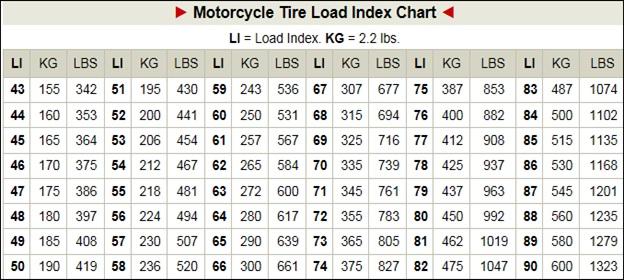
The sizes mentioned in our quick comparison chart above are the same for tires matching this vehicle. There is no difference in that aspect. But you will find a difference in the speed at which you are going when you have different tires on your Tacoma vehicle.
The difference is minimal, but you will be going faster when you use 275s over 265s. At 20 miles per hour, you are only going .35 mph faster while at 100 miles per hour you are only going 1.74 mph faster.
Other than that you will have basically the same look and feel to your vehicle and it will be hard to tell the difference without looking at the codes. The codes will be important if you are going to carry a heavy load. At that time you need to see what the load level and speed maximums are by reading the right letter and numbers on the side of the tire.
When you are changing from a smaller size tire like the 265 to the 275 some other factors come into play than just load, speed, and so on.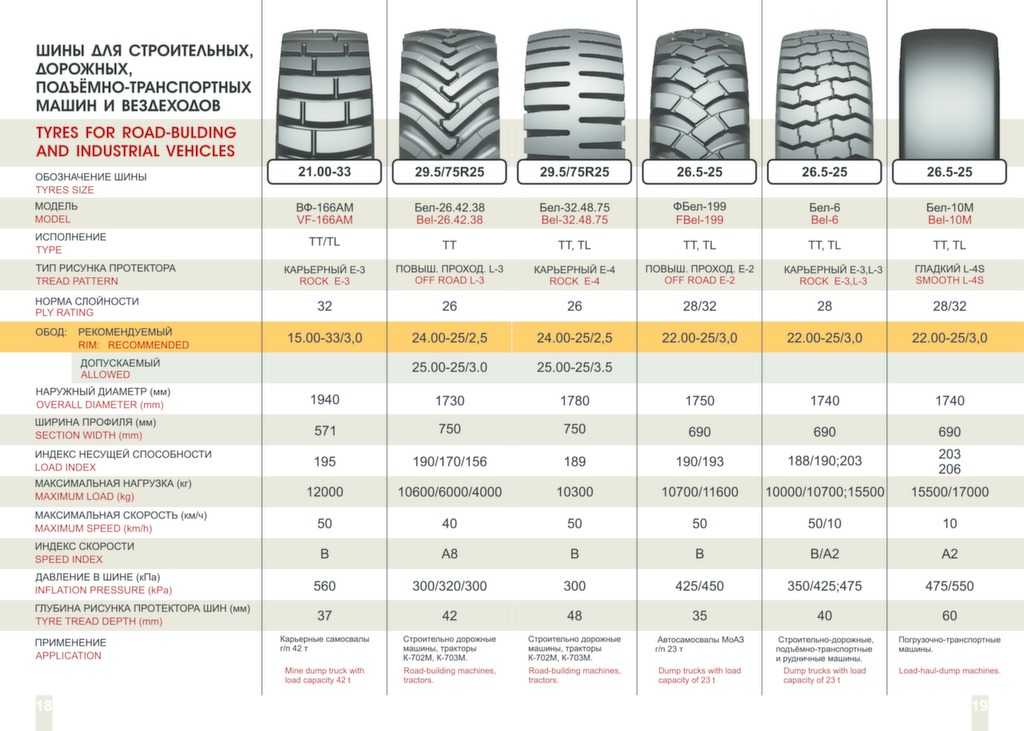 You have to be careful of the vehicle clearance inside the wheel well of your F150.
You have to be careful of the vehicle clearance inside the wheel well of your F150.
If the clearance is not great and won’t support the upgrade then your tire was will wear out faster due to excessive rubbing. When the wheel clearance allows for a wider tire, then you do get some benefits.
One benefit would be better lateral traction and you may get a better cosmetic look to your vehicle when you make the upgrade. Also, if the tire is taller, you can eliminate the fender well gap between the tire and the truck as well as give you more ground clearance and a softer ride.
These benefits normally do not happen if you are moving to a taller tire when you are driving a car. Fortunately, the F150 is a truck that can handle the size difference so placing them on your vehicle is not going to be a problem.
It is possible to go even taller than the 275 if you want a better ride and more ground clearance when you own an F150.
It is all in the code.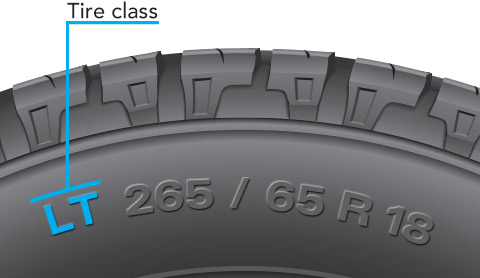 When it comes to tires, matching the code is essential for a safe ride and maximum performance. The key is to make sure to have all four tires labeled with the same code and you should be fine.
When it comes to tires, matching the code is essential for a safe ride and maximum performance. The key is to make sure to have all four tires labeled with the same code and you should be fine.
If you are not sure, your local tire dealer will make sure for you. Don’t forget to check the owner’s manual if you need help in finding the right tires.
Have you ever wondered what the difference is between 245 and 265 tires? While both types of tires are designed for use on passenger vehicles, there are some distinct differences between them. Here’s a closer look at the key difference between 245 and 265 tires:
One of the most notable differences between 245 and 265 tires is their width. As their name suggests, 245 tires are 10.43 inches wide, while 265 tires are 9.65 inches wide. That may not seem like a big difference, but it can actually have a pretty significant impact on your car’s performance.
As their name suggests, 245 tires are 10.43 inches wide, while 265 tires are 9.65 inches wide. That may not seem like a big difference, but it can actually have a pretty significant impact on your car’s performance.
Generally speaking, wider tires offer better grip and traction than narrower ones. That’s because they have a larger contact patch with the road, which gives them more surface area to grip onto. Wider tires also tend to be more stable than narrower ones, making them less likely to wander or slip in wet or icy conditions. To know which tire is the best for your vehicle, keep on scrolling!
What Does 245 and 265 Mean On A Tire?The numbers 245 and 265 refer to the width of your tires in millimeters. The first number is the width of the tire from sidewall to sidewall, while the second number is the diameter of the tire. These dimensions are important to know because they affect the way your car handles on the road.
A wider tire will provide more grip and stability, while a narrower tire will be more agile.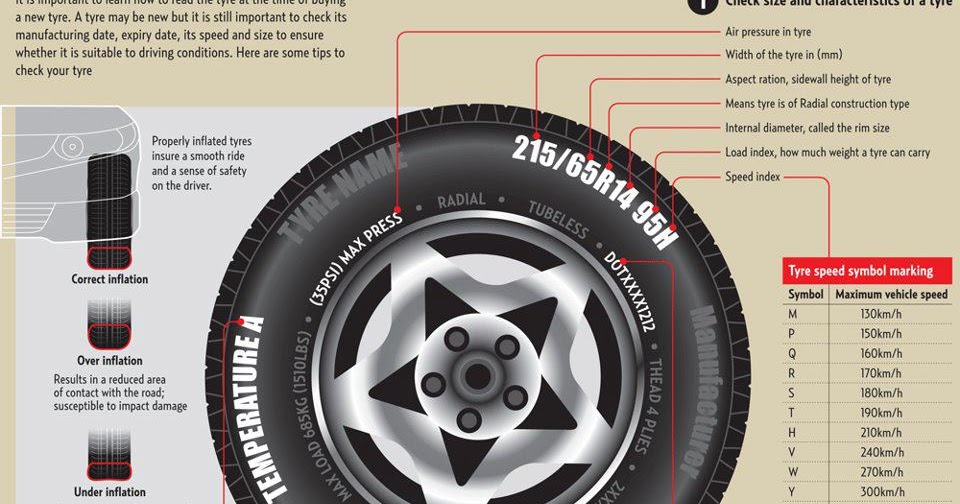 The diameter of the tire also affects the gear ratio of your car, so it’s important to choose the right size for your needs.
The diameter of the tire also affects the gear ratio of your car, so it’s important to choose the right size for your needs.
There is a big difference between 245 and 265 tires when it comes to weight. The 245 tires weigh approximately 44 pounds, while the 265 tires weigh 53.6 pounds. That’s a difference of nearly 10 pounds! The extra weight can make a big difference when it comes to performance and fuel economy.
The 245 tire is significantly lighter than the 265, making it the better choice for performance vehicles. If you’re looking for the best possible fuel economy, the 245 tire is also the way to go. However, the 265 tire offers better traction and stability, making it the better choice for heavy-duty trucks and SUVs.
Rim CompatibilityThere is a big difference between 245 and 265 tires when it comes to rim compatibility. The smaller 245 tires can be used on both 7.5 inches rims, while the 265 tires can be used on 8 inches rims. This is because the 265 tire is too wide to fit on a 6-inch rim. So, if you have a 6-inch rim and want to use a 265 tire, you’ll need to buy a new rim that is 7 inches wide.
The smaller 245 tires can be used on both 7.5 inches rims, while the 265 tires can be used on 8 inches rims. This is because the 265 tire is too wide to fit on a 6-inch rim. So, if you have a 6-inch rim and want to use a 265 tire, you’ll need to buy a new rim that is 7 inches wide.
Price is the biggest difference between 245 and 265 tires. And the price of both the tires varies greatly according to the car’s model and the tire’s brand. The 245 tires’ price starts from $85 and can go up to $422. On the other hand, 265 tires’ price ranges from $110 to over $850.
There may be a slight difference in performance, but it is not significant enough to warrant the extra cost of the 265 tires. If you are on a budget, then 245 tires are the way to go. If money is no object, then get the 265s.
HandlingWhen it comes to handling, 245 tires may offer better performance in high-speed turns. This is due to their lighter weight, which can make them more responsive. However, 265 tires can provide more stability and traction in slippery or off-road conditions.
This is due to their lighter weight, which can make them more responsive. However, 265 tires can provide more stability and traction in slippery or off-road conditions.
In terms of acceleration, both 245 and 265 tires can provide good performance. However, lighter tires may have a slight advantage in this area. This is due to their lower rolling resistance, which can help the vehicle to accelerate more quickly. When choosing between the two tires, it is important to consider how the vehicle will be used and what type of performance is desired.
Rolling Resistance & Fuel EfficiencyThere is a big difference between 245 and 265 tires when it comes to fuel efficiency and rolling resistance. In the case of fuel efficiency, 245 tires offer better fuel economy because they are not as wide as 265 tires.
However, 265 tires offer better rolling resistance due to their width, which has a direct impact on the amount of contact the tire has with the road. A wider tire will have more contact with the road, which means it will have more rolling resistance. Rolling resistance is the force that is required to keep a tire rolling. The wider the tire, the higher the rolling resistance and the lower the fuel efficiency.
A wider tire will have more contact with the road, which means it will have more rolling resistance. Rolling resistance is the force that is required to keep a tire rolling. The wider the tire, the higher the rolling resistance and the lower the fuel efficiency.
Comfort refers to the feel of the ride, while noise levels refer to how much tire noise is generated while driving. Both of these factors can affect the overall driving experience.
265 tires are generally more comfortable because they have more height and width, but they may also be noisier. On the other hand, 245 tires offer a smooth ride, but they may not be as comfortable. It really depends on your personal preferences as to which type of tire is best for you.
Driving Conditions & TractionThe 245 tires are best for driving on dry and snowy roads or conditions but not wet roads, whereas 265 tires can handle wet and rainy conditions as well.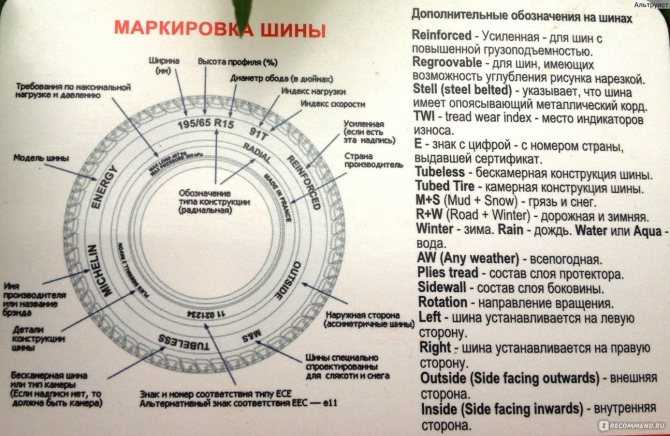 If you’re looking for a tire that offers better traction and is designed for more aggressive driving, then a 265 tire is a better option.
If you’re looking for a tire that offers better traction and is designed for more aggressive driving, then a 265 tire is a better option.
| Aspects | 265/65R17 | 265/70R17 | Difference |
| Diameter | 10.4 inch | 10.4 inch | 0 inch (0%) |
| Width | 30.6 inch | 31.6 inch | +1 inch (+3.4%) |
| Circumference inches | 96 inch | 99.3 inch | +3.3 inch (+3.4%) |
| Sidewall Height | 659.9 | 638.1 | -21.8 (-3.3%) |
| Revs per mile | 6.8 inch | 7.3 inch | +0.5 inch (+7.7%) |
| Aspect Ratio | 65 | 70 | +5 (+3.5%) |
| Aspects | 245 75R16 | 265 75R16 | Difference |
| Diameter | 9.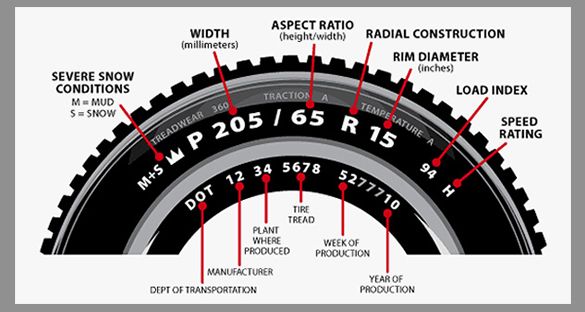 6 inch 6 inch | 10.4 inch | +0.8 inch (+8.2%) |
| Width | 30.5 inch | 31.6 inch | +1.2 inch (+3.9%) |
| Circumference inches | 95.7 inch | 99.4 inch | +3.7 inch (+3.9%) |
| Sidewall Height | 661.9 | 637.2 | -24.7 (-3.7%) |
| Revs per mile | 7.2 inch | 7.8 inch | +0.6 inch (+8.2%) |
| Aspect Ratio | 75 | 75 | 0 (0%) |
| Aspects | 245 75R16 | 265 70R16 | Difference |
| Diameter | 773.9 | 777.4 | 3.5 (0.5%) |
| Width | 245 | 265 | 20 (8.2%) |
| Circumference inches | 95.72 | 96.15 | 0.43 (0.5%) |
| Sidewall Height | 183.75 | 185.5 | 1. 75 (1%) 75 (1%) |
| Revs per mile | 661.93 | 658.95 | -2.98 (-0.5%) |
| Aspect Ratio | 75 | 70 | 5 |
Here are some pros and cons to help you make an informed decision:
ProsHere are some pros and cons to consider before making a decision about buying 265 tires:
Pros
There are a few things you need to take into account when trying to determine the best width for your tires.
Width Of RimsFirst and foremost, you need to make sure that the width of your tire is compatible with the width of your rims.
If the width of your tire is too wide for your rims, it can cause a number of problems, including decreased handling, increased fuel consumption, and even damage to your suspension. On the other hand, too narrow tires for your rims, it can cause your tire to overheat and wear out much faster than normal.
Road ConditionsThe second thing to consider is the kind of terrain you’ll be driving on. If you know you’ll be driving mostly on pavements, and you should choose a narrower tire.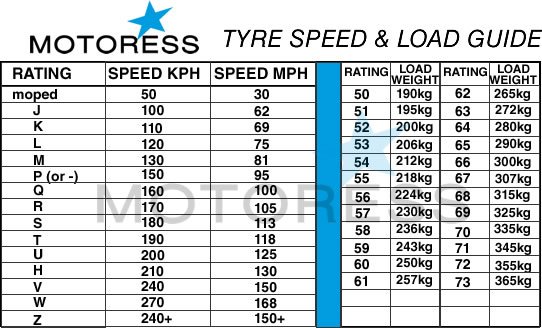
Narrower tires provide less rolling resistance, which means they’re more efficient on pavements. However, if you plan on doing a lot of off-road driving, you’ll want to choose a wider tire. Wider tires provide more traction and are better able to grip the terrain.
Vehicle’s TypeThe last thing to consider is the type of vehicle you drive. If you have a smaller car, you’ll want to choose a narrower tire. If you have a larger SUV or truck, you’ll want to choose a wider tire. Ultimately, the best width for your tires will depend on your specific needs and driving habits.
Check Out How To Choose The Right Tire Type | Tire Guide:
FAQsCan I replace 245 tires with 265?You can replace your 245 tires with 265 tires, as long as the new tires are the same width and have the same load rating.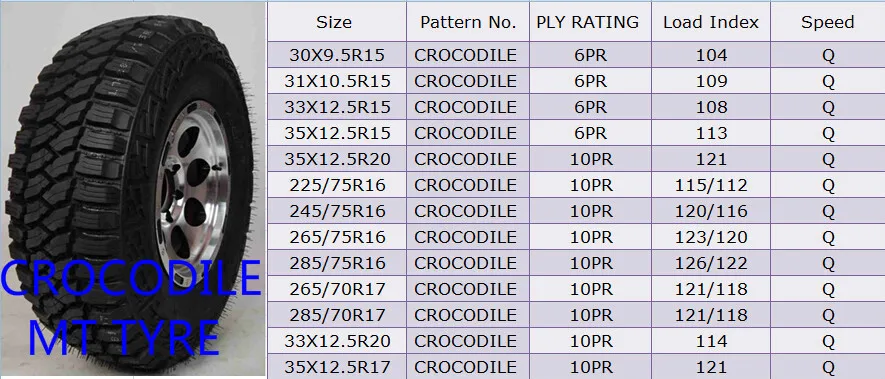 The only potential issue you might run into is that the larger tires might rub slightly on your car’s suspension or body, but you can resolve this by installing slightly wider wheel spacers.
The only potential issue you might run into is that the larger tires might rub slightly on your car’s suspension or body, but you can resolve this by installing slightly wider wheel spacers.
Yes, you can use 265 tires instead of 235. In fact, many people do choose to use wider tires for their vehicles. There are a few things to keep in mind if you’re thinking about making the switch from 235 to 265 tires.
– One thing to consider is the width of your wheel wells. If you have narrow wheel wells, then using wider tires may cause some rubbing when you turn or go over bumps. You can solve this problem by getting wider wheels or by having your wheel wells trimmed.
– Another thing to think about is the height of your vehicle. Wider tires can add some height to your vehicle, so if you’re worried about it being too tall, you may want to stick with the 235 tires.
Generally speaking, a 265 tire will be wider than a 255 tire, but the difference in width may not be significant.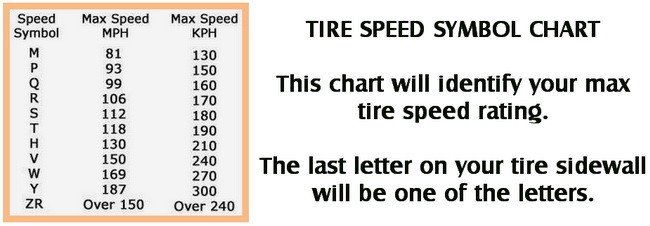 So, in general, a tire with a wider width will be bigger than a tire with a narrower width.
So, in general, a tire with a wider width will be bigger than a tire with a narrower width.
However, the height of the sidewall can also affect the overall size of the tire. A taller sidewall will make the tire appear bigger, even if the width is the same. So, in conclusion, it is difficult to say definitively which tire is bigger without knowing all the dimensions.
Can you put wider tires on the same rim?Yes, you can put wider tires on the same rim, but there are a few things to keep in mind.
– First, the wider tire will have a smaller diameter and will not fit as snugly on the rim.
– Second, the wider tire may rub on the suspension or frame of your vehicle. You may need to make some adjustments to accommodate the wider tire.
– Finally, the wider tire may affect the handling of
Summing it up, the main difference between 245 and 265 tires is that 245 tires are narrower than 265 tires. This width difference can affect a vehicle’s performance, so it’s important to choose the right size tire for your car or truck.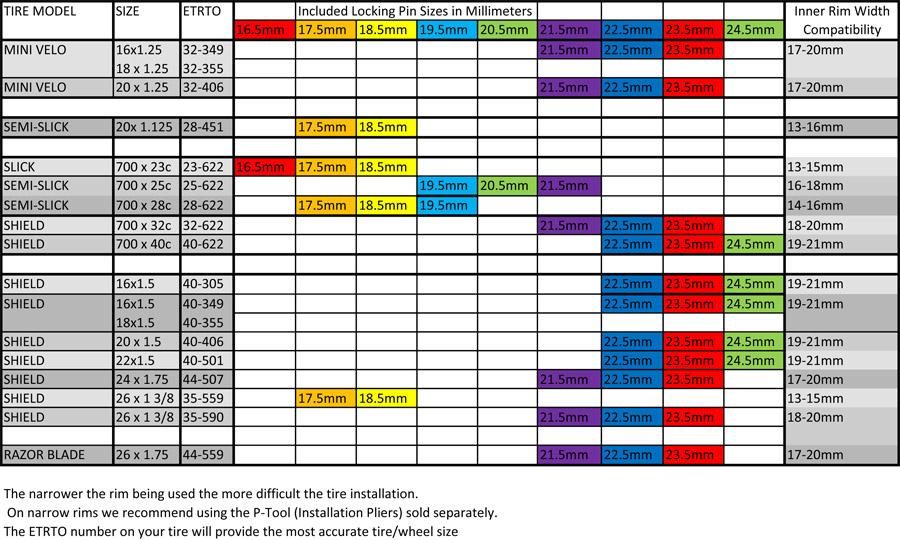
245 tires are typically used on smaller vehicles, such as sedans and coupes. They offer good handling and are less likely to cause problems with vehicle stability. 265 tires are wider and are often used on larger vehicles, such as SUVs and trucks. They provide better traction and can improve a vehicle’s towing ability.
Ultimately, the decision of which tire size to choose is up to you. Be sure to consult with a professional if you’re unsure which size is right for your vehicle.
10/12/2013
The choice of car tires is always a crucial moment in the life of every motorist. But for an independent choice of the right car tires, you need to know the design features and understand the basic markings that are applied to each car tire.
On all car tires, the following combinations of the designation of the main parameters are accepted:
P 185/65 R14 86 H
 "P or Passanger" - passenger car, "LT or Light Truck" - light truck, etc.
"P or Passanger" - passenger car, "LT or Light Truck" - light truck, etc. P 185 /65 R14 86 N
P 185/ 65 R14 86 H
P 185/65 R 14 86 H
P 185/65 R 14 86 H
P 185/65 R14 86 N
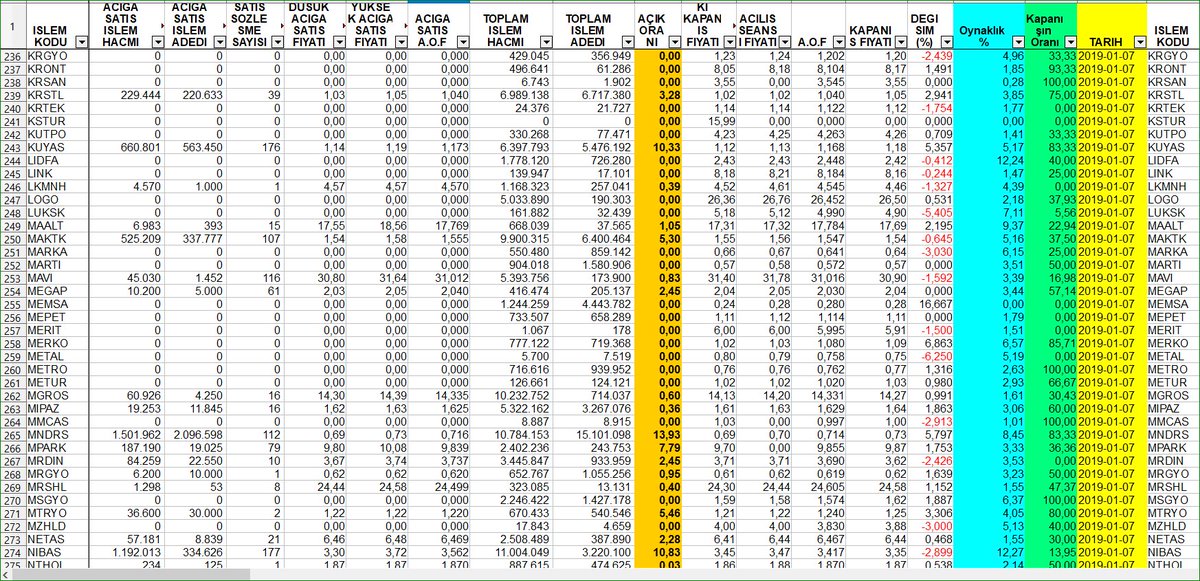
| Load index | 60 | 61 | 62 | 63 | 64 | 65 | 66 | 67 | 68 | 69 |
|---|---|---|---|---|---|---|---|---|---|---|
| Max. Load (in kg.) | 250 | 257 | 265 | 272 | 280 | 290 | 300 | 307 | 315 | 325 |
| Load index | 70 | 71 | 72 | 73 | 74 | 75 | 76 | 77 | 78 | 79 |
|---|---|---|---|---|---|---|---|---|---|---|
| Max. Load (in kg.) | 335 | 345 | 355 | 365 | 375 | 387 | 400 | 412 | 426 | 437 |
| Load index | 80 | 81 | 82 | 83 | 84 | 85 | 86 | 87 | 88 | 89 |
|---|---|---|---|---|---|---|---|---|---|---|
Max.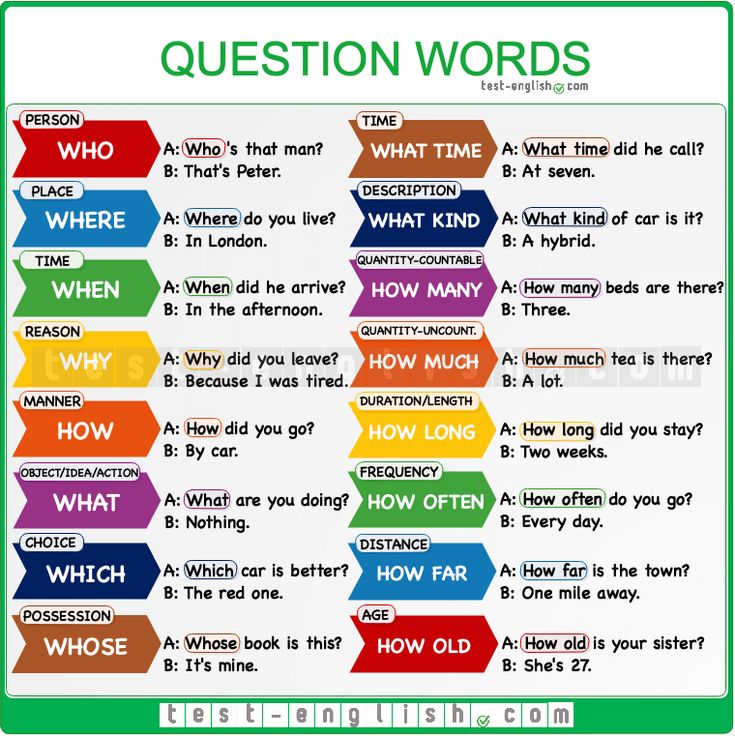 Load (in kg.) Load (in kg.) | 450 | 462 | 475 | 487 | 500 | 515 | 530 | 545 | 560 | 580 |
| Load index | 90 | 91 | 92 | 93 | 94 | 95 | 96 | 97 | 98 | 99 |
|---|---|---|---|---|---|---|---|---|---|---|
| Max. Load (in kg.) | 600 | 615 | 630 | 650 | 670 | 690 | 710 | 730 | 750 | 775 |
| Load index | 100 | 101 | 102 | 103 | 104 | 105 | 106 | 107 | 108 | 109 |
|---|---|---|---|---|---|---|---|---|---|---|
| Max. Load (in kg.) | 800 | 825 | 850 | 875 | 900 | 925 | 950 | 975 | 1000 | 1030 |
| Load index | 110 | 111 | 112 | 113 | 114 | 115 | 116 | 117 | 118 | 119 |
|---|---|---|---|---|---|---|---|---|---|---|
Max.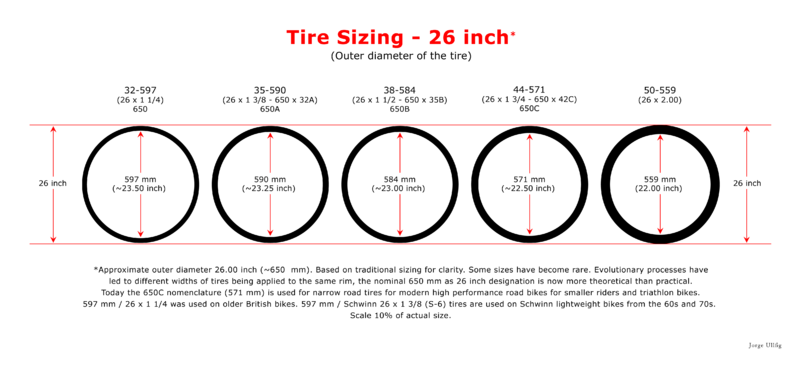 Load (in kg.) Load (in kg.) | 1060 | 1090 | 1120 | 1150 | 1180 | 1215 | 1250 | 1285 | 1320 | 1360 |
| Load index | 120 | 121 | 122 | 123 | 124 | 125 | 126 | 127 | 128 | 129 |
|---|---|---|---|---|---|---|---|---|---|---|
| Max. Load (in kg.) | 1400 | 1450 | 1500 | 1550 | 1600 | 1650 | 1700 | 1750 | 1800 | 1850 |
P 185/65 R14 86 H
| Speed index | J | K | L | M | N | P | Q | R | S | T | U | H | V | VR | W | Y | ZR |
|---|---|---|---|---|---|---|---|---|---|---|---|---|---|---|---|---|---|
Max. Speed (km/h) Speed (km/h) | 100 | 110 | 120 | 130 | 140 | 150 | 160 | 170 | 180 | 190 | 200 | 210 | 240 | >210 | 270 | 300 | >240 |
Extra Load (XL) is a reinforced model, the load index of such tires is 3 units higher compared to simple tires of the same size.
Reinforced (C) is a designation for reinforced tires, most often refers to light truck models.
All Season (AS), Тous terrain - all season tires.
Any weather (AW) - all-weather tires. Often, icons are used instead of alphabetic characters (snowflake, cloud, sun, etc.).
Mudd & Snow (M&S) are tires specially designed for both winter and all season use.
DA (stamp) - designation of tires with minor manufacturing defects that do not interfere with safe operation.
DOT - Approved by the US Department of Transportation.
E - approved by the Economic Commission for Europe.
Inside - designation of asymmetric tires. The inscription Inside during installation must be on the inside of the car.
Outside - designation of asymmetric tires. When installing, the Outside inscription must be on the outside of the car.
Left - tires with this marking must be installed on the left side only.
Right - tires with this marking must be installed on the right side only.
Made in Germany - designation of the country of origin.
Max Pressure is the maximum allowable tire pressure in kPa.
PSI - Pressure index from 20 to 85 (only for tires with index “C”).
Aqua, Aquatred, Rain, Aquacontact, Water, or the umbrella badge - indicates that the tires are designed for rainy weather and effectively prevent the effect of aquaplaning.
Regroovable - indicated if it is possible to deepen the tread pattern by cutting.
Retread - retreaded tires.
Rotation - directional tires, the direction of rotation is indicated by an arrow on the tire sidewall.
Steel - means that the tires are equipped with a metal cord.
Temperature - the temperature range provided for a specific model, there are three categories: A, B and C.
Treadwear, TWI - coefficient or wear index, determined in relation to the "base tire", for which it is equal to 100. C. Coefficient A have the greatest value.
Tread - indicates that the tire consists of 5 layers: a layer of rayon + 2 layers of steel cord + 2 layers of nylon. Applied in the USA.
Tubeless (TL) is the designation for tubeless tires. If this marking is missing, the tire can only be used with a camera.
Tube Type (TT) - operation only possible with chamber.
Twid - Projector wear indicator.
Back to list
Do you want to choose a tire for your car, but do not understand tire markings well? It's not a problem! In this section, we will help you figure out what tire parameters are, what they mean, and which tire is right for your car.
Select tires / tire catalog
195/65 R15 91 T XL
195 is the tire width in mm.
65 - Proportionality, i.e. profile height to width ratio. In our case, it is equal to 65%. Simply put, with the same width, the larger this indicator, the higher the tire will be and vice versa. Usually this value is simply called “profile”.
Since the tire profile is a relative value, it is important to consider when choosing rubber that if you instead of size 195/65 R15, if you want to put tires with a size of 205/65 R15, then not only the width of the tire will increase, but also the height! Which in most cases is unacceptable! (except when both of these sizes are indicated in the car's operating book). You can calculate the exact data on changing the outer dimensions of the wheel in a special tire calculator.
You can calculate the exact data on changing the outer dimensions of the wheel in a special tire calculator.
If this ratio is not specified (for example, 185/R14C), then it is equal to 80-82% and the tire is called full profile. Reinforced tires with this marking are usually used on minibuses and light trucks, where a large maximum wheel load is very important.
R - means a tire with a radial cord (in fact, almost all tires are made this way now).
Many mistakenly believe that R- means the radius of the tire, but this is the radial design of the tire. There is also a diagonal design (indicated by the letter D), but recently it has practically not been produced, since its performance is noticeably worse.
15 - wheel (rim) diameter in inches. (It is the diameter, not the radius! This is also a common mistake). This is the “landing” diameter of the tire on the disk, i.e. is the inside size of the tire or the outside of the rim.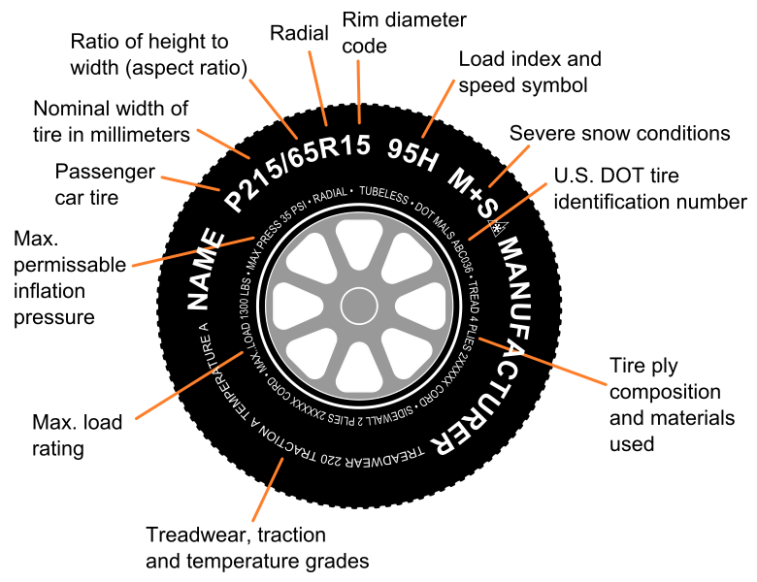
91 - load index. This is the level of maximum permissible load on one wheel. For passenger cars, it is usually done with a margin and is not a decisive factor when choosing tires (in our case, IN - 91 - 670 kg.). For minibuses and small trucks, this parameter is very important and must be observed.
T is the tire speed index. The larger it is, the faster you can ride on this tire (in our case, IS - H - up to 210 km / h). Speaking about the tire speed index, I would like to note that with this parameter, the tire manufacturer guarantees the normal operation of the rubber when the car is constantly moving at the specified speed for several hours.
There are two different US tire labels. The first one is very similar to the European one, only the letters “P” (Passanger - for a passenger car) or “LT” (Light Truck - light truck) are placed before the size. For example: P 195/60 R 14 or LT 235/75 R15. And another tire marking, which is fundamentally different from the European one.
For example: P 195/60 R 14 or LT 235/75 R15. And another tire marking, which is fundamentally different from the European one.
Example: 31x10.5 R15 (corresponds to European size 265/75 R15)
31 is the outside diameter of the tire in inches.
10.5 is tire width in inches.
R - a tire with a radial design (older tire models were with a diagonal design).
15 is the inner diameter of the tire in inches.
Generally speaking, except for inches that are unusual for us, the American tire marking is logical and more understandable, unlike the European one, where the height of the tire profile is not constant and depends on the width of the tire. And here everything is simple with decoding: the first digit of the standard size is the outer diameter, the second is the width, the third is the inner diameter.
XL or Extra Load is a reinforced tire, the load index of which is 3 units higher than that of conventional tires of the same size.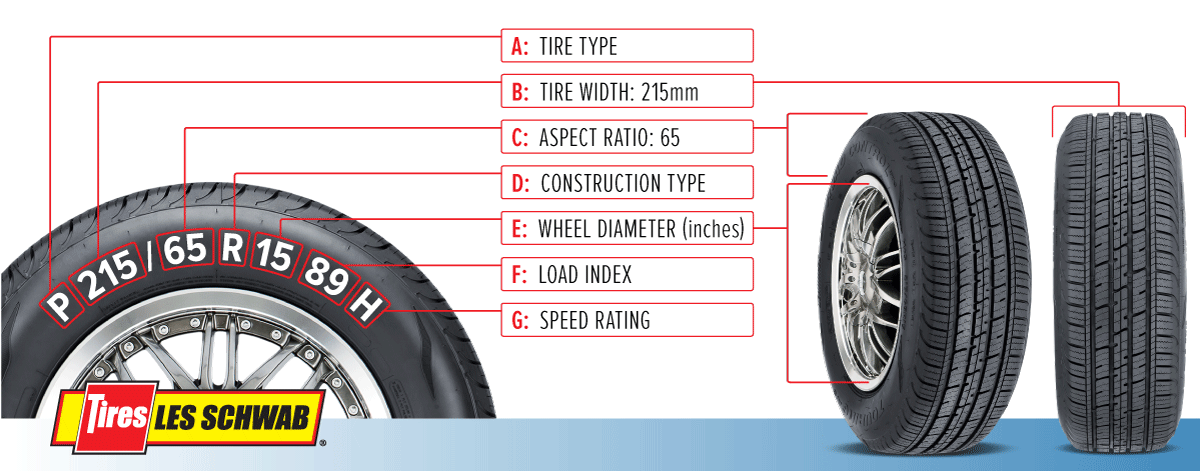 In other words, if a given tire has a load index of 91 marked XL or Extra Load, then this means that with this index, the tire is able to withstand a maximum load of 670 kg instead of 615 kg (see the table of tire load indices).
In other words, if a given tire has a load index of 91 marked XL or Extra Load, then this means that with this index, the tire is able to withstand a maximum load of 670 kg instead of 615 kg (see the table of tire load indices).
M+S or tire marking M&S (Mud + Snow) - mud plus snow and means that the tires are all-season or winter. Many summer tires for SUVs are labeled M&S. However, these tires must not be used in winter, as winter tires have a completely different rubber compound and tread pattern, and the M&S badge indicates good flotation performance.
All Season or AS all season tires. Aw (Any Weather) - Any weather.
Pictogram * (snowflake) — rubber is designed for use in harsh winter conditions. If this marking is not on the sidewall of the tire, then this tire is intended for use only in summer conditions.
Aquatred, Aquacontact, Rain, Water, Aqua or icon (umbrella) - special rain tires.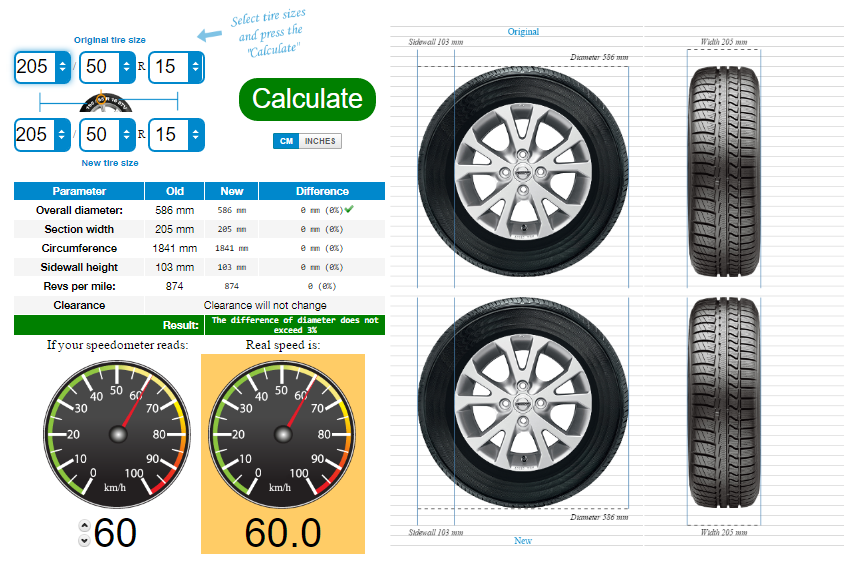
Outside and Inside ; asymmetric tires, i.e. It is important not to confuse which side is the outside and which is the inside. When installing, the Outside inscription must be on the outside of the car, and Inside on the inside.
RSC (RunFlat System Component) - RunFlat tires are tires that allow you to continue driving at a maximum speed of 80 km/h with a FULL tire pressure drop (puncture or cut). On these tires, depending on the manufacturer's recommendations, you can drive from 50 to 150 km. Different tire manufacturers use different designations for RSC technology. For example: Bridgestone RFT, Continental SSR, Goodyear RunOnFlat, Nokian Run Flat, Michelin ZP etc.
Rotation or arrow This marking on the tire sidewall indicates a directional tire. When installing the tire, you must strictly observe the direction of rotation of the wheel, indicated by the arrow.
Tubeless - tubeless tyre. In the absence of this inscription, the tire can only be used with a camera. Tube Type - indicates that this tire must be used only with a tube.
Tube Type - indicates that this tire must be used only with a tube.
Max Pressure ; maximum allowable tire pressure. Max Load - the maximum allowable load on each wheel of the car, in kg.
Reinforced or the letters RF in the size (for example 195/70 R15RF) means that this is a reinforced tire (6 layers). The letter C at the end of the size (for example 195/70 R15C) indicates a truck tire (8 layers).
Radial this marking on the rubber in the standard size means that this tire is a radial design. Steel means that there is a metal cord in the tire structure.
Letter E (in a circle) - the tire meets the European requirements of ECE (Economic Commission for Europe). DOT (Department of Transportation - US Department of Transportation) is an American quality standard.
Temperature A, B, or C The temperature resistance of the tire at high speeds on the test bench (A is best).
Traction A, B, or C - Tire's wet braking capability.